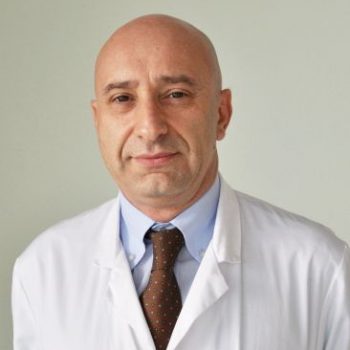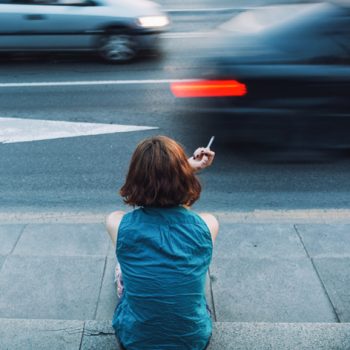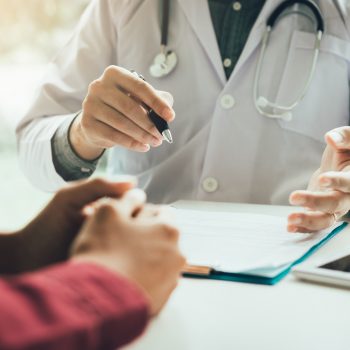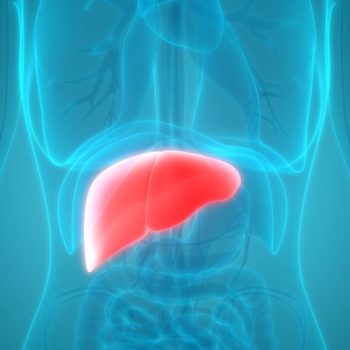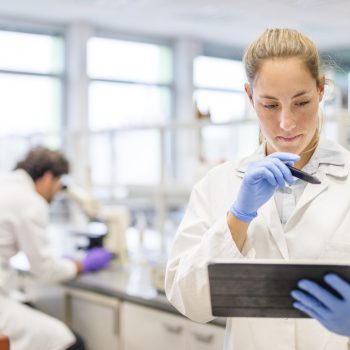Today’s children not only live in greater freedom, but they are also increasingly early in their life experiences, especially transgressive ones, related to the consumption of alcohol, tobacco and drugs. According to Susanna Esposito, professor of pediatrics at the University of Perugia and president of the World Association for Infectious Diseases and Immunological Disorders, WAidid, what today’s adolescents (and therefore their parents) are facing is a real obstacle course. We talk about this topic with Roberto Ceriani, hepatologist at Humanitas.
Dangerous habits among adolescents
“The World Health Organization recommends total abstention from alcohol consumption until the age of 15 – said Dr Ceriani. Since the last report of the Istituto Superiore di Sanità, the prevalence of consumers at risk has decreased compared to the last decade. Between 11 and 17 years 9.8% of boys and 6.8% of girls said they had consumed alcohol away from meals and a smaller proportion said they had practiced binge drinking. It is estimated that in 2015 there were about 800 thousand underage adolescents considered at risk on the basis of new scientific evidence”.
The dangerous habits widespread among adolescents were also discussed during the European Researchers’ Night in Perugia, as part of SHARPER, a national project that involved 5 cities: Perugia, Ancona, Cascina, Palermo and L’Aquila, funded by the European Commission in the framework of the Marie Sklodowska-Curie Actions of the Horizon 2020 programme. The issue is hot because teenagers are increasingly exposed to health risks not only from alcohol, drugs and smoking, but also from energy drinks and electronic cigarettes.
Smoking
Many pitfalls can make life difficult for parents of teenage children. These include the vice of smoking. Parents should explain to their children that if they do not smoke, they will earn on average 10 years of life and avoid the risk of cardiovascular disease, respiratory infections and cancer. Not only do you live longer and in good health, but not smoking or giving up also means breathing better, feeling better, having a more beautiful skin and, last but not least, saving money. According to the World Health Organization, tobacco causes 6 million deaths a year worldwide, which means more deaths than alcohol, AIDS, drugs and road accidents combined. But Italian teenagers increasingly like smoking. Doxa 2017 figures confirm this: out of over 11 million smokers in Italy (22.3%), 12.2% started smoking before the age of 15. Smokers smoke more between the ages of 25 and 44 (28%) and 16.2% in the younger age group between the ages of 15 and 24. Furthermore, the main cause of smoking is packaged cigarettes (94.3%), although the prevalence of the consumption of the no less harmful handmade cigarettes (9.6%) continues to grow steadily, especially among young people, often for reasons of economic convenience. The use of electronic cigarettes is also generally increasing among adults and adolescents. According to the data of Eurobarometer 2017 in Europe, 2% of the adult population uses it, while in our country, 4% of Italians like it and eight smokers out of ten use it in combination with the traditional cigarette, with the aim of quitting smoking. Between the ages of 18 and 24, the use of e-cig accounts for 1.8% of consumers.
Alcohol: never before the age of 16
If in the short term alcohol causes an initial euphoria and loss of inhibitory brakes, reduction of lateral vision (tunnel vision), loss of balance, motor difficulties, nausea and confusion, long-term use, on the other hand, may increase the risk of developing various more or less serious diseases and, even at low doses, alcohol increases the risk for certain diseases. That’s why kids should never drink alcohol before the age of 16. According to the WHO, adolescents up to 16 years of age are recommended to abstain from alcohol because they are more vulnerable to the effects of alcoholic beverages because of a reduced ability of their body to metabolize alcohol. Suffice it to say that the consumption of 20 g of alcohol per day (equal to about 2 glasses of wine) leads to an increase in the percentage of risk: 100% for liver cirrhosis; 20-30% for oral cancer, pharynx and larynx; 10% for esophageal cancer; 14% for liver cancer; 10-20% for breast cancer; 20% for stroke (WHO data). Moreover, pay attention to energy drinks, i.e. drinks that contain stimulants, vitamins and minerals, including caffeine, guarana, taurine, various forms of maltodextrin, carnitine and ginkgo biloba. Some may contain high levels of sugar or glucose. Many drinks are then flavored and colored to resemble soft drinks. According to an Espad study (lEuropean School Survey Project on Alcohol and Other Drugs), in Italy about 1 in 3 teenagers between 15 and 19 years usually drinks energy drinks and the regions where they consume most are Trentino Alto Adige, Veneto, Abruzzo and Sicily. The excessive use of these drinks could increase the risk of chronic and degenerative diseases, especially in the absence of a proper diet and regular physical activity.
“Energy drink and alcohol: it is a mixture unfortunately often used among adolescents – added the specialist of Humanitas. Last January a study (magazine Plos One) appeared that mice are experimental animals used as a model for the study of drug abuse in humans. Administering a drink with a high caffeine content, such as that contained in Energy drinks and alcohol to any animal you get a reaction characterized by changes in behavior and brain chemistry similar to that obtained with the administration of cocaine. In addition, continued administration of this mixture results in a lower sensitivity to the rewarding effects of cocaine, so more of this drug must be used to achieve the same effect.
“For this reason – continued Ceriani – even if these results cannot yet be applied to man, it can be affirmed that the mixture of energy drinks and alcohol is potentially extremely harmful for those who use it and even more so for adolescents. In addition, professionals, such as health care professionals or law enforcement agencies, who come into contact with adolescent victims should also consider the use of energy drinks in addition to addictive substances such as alcohol and drugs.
Drugs and narcotics: no difference between soft and hard drugs
Drugs must always be avoided, even so-called soft drugs. The common problem with taking any drug is addiction, which can cause irreversible harm over the years. According to 2017 data from the European Monitoring Centre for Drugs and Drug Addiction, in Italy young people between 15 and 34 years of age use cannabis in 19% of cases, cocaine in 1.8, 1% use MDMA or ecstasy and 0.6% use amphetamines. In general, drugs affect the functioning of the central nervous system and substances taken regularly can cause anatomical changes in the brain mass. In addition, they can cause chronic lung diseases and, at a neurological and psychophysical level, can lead to mood swings, alterations in family and emotional ties, a worsening of schooling and a reduction in concentration.
Use of psychoactive drugs
“In recent years in the United States there has been a dramatic increase in the consumption of opiates as heroin and a similar situation is occurring in Western Europe and therefore also in Italy – said Ceriani. Overseas the commercial policy of pharmaceutical companies has saturated the market with opioid painkillers, drugs similar to morphine. The drug traffickers, who had dedicated themselves in the last twenty years to cocaine, have massively reintroduced heroin and put on illegal sale also psychoactive opioid substances such as Fentanyl and Oxycodone inventing their non-therapeutic use. This is happening in recent months in Italy too, in the new generation, which has no memory of what happened in the 80s, when a great many children died in the streets of our cities. Probably for current teenagers “taking drugs” doesn’t seem a serious thing. We all need to be very careful, as the abuse of these psychoactive drugs is still very underestimated.

